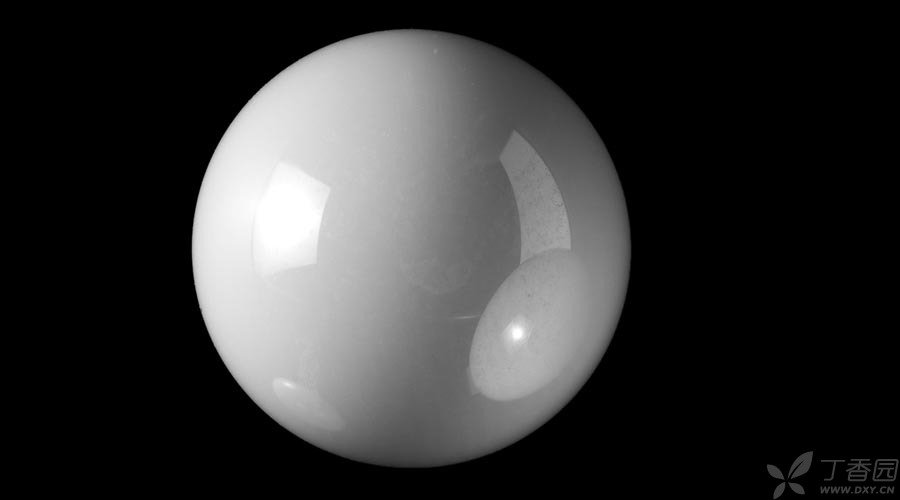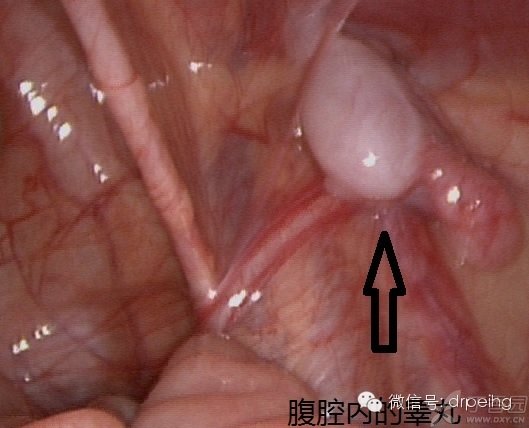
When some parents were bathing their children, they accidentally found that the scrotum on both sides of the child was different in size. One side was full and the other side was empty and flat. After touching it, they found that there were no balls in it. Then they went to the hospital for examination. The doctor said it was cryptorchidism and needed surgery.
Testicular Development and Cryptorchidism
What is cryptorchidism? Why do children have cryptorchidism? This is the first reaction of many parents when they hear about the disease. In fact, In the early stages of the fetus, The balls are not in the scrotum but in the stomach. Like the kidney, it is located behind the peritoneum. With the development of the fetus, the balls will gradually descend along the retroperitoneum to the groin and then to the scrotum. By the time of birth, most children’s balls will descend to the scrotum, but a small number of children have not completed this process. The balls stay in the abdominal cavity and groin, resulting in cryptorchidism.

Cryptorchidism can be unilateral, Or both sides, But not all scrotal hollows are cryptorchidism, Sometimes the cremaster muscle is more active and pulls the testis to the top of the scrotum or the groin region. The scrotum can also be empty and flat, which is not necessarily a big problem, but it must be checked by a doctor before it can be determined. In addition, some children are born with a missing testis, or the testis runs into the opposite scrotum, showing that the scrotum is also empty and flat. These are other special types of cryptorchidism and also need treatment.
The incidence of cryptorchidism is actually quite high, The number of newborn full-term boys can reach 3.4%-5.8%, Fortunately, many children can continue to complete this decline process after giving birth, At the age of half a year, about 0.8% still have cryptorchidism, while the number of premature infants can reach 10%. With the increase of age, the ability of testis to continue to decline on its own becomes weaker and weaker. It is generally believed that the decline mainly occurs within three months after birth, and cannot be lowered before it falls within four months.
Then why can’t some children’s testicles come down? At present, there are many statements, For example, the child was born prematurely, This descent process was born before it was completed. This is also why the incidence of cryptorchidism is high in premature children. Another example is that the mother is pregnant at an old age, too fat, endocrine problems, etc. Interestingly, some studies also believe that even drinking too much cola during pregnancy may lead to cryptorchidism in children. Experiments have confirmed that testicular decline is related to many hormones, If the hormone level in the mother’s body is abnormal, it may lead to abnormal testicular descent in the child. These are possible reasons, and it is difficult to determine which child’s cryptorchidism is the cause of what.
Harm of cryptorchidism
The testicles are the factories that produce sperm, It requires a high temperature, 1.5-2 degrees lower than the body temperature is the most suitable temperature for the human body, The scrotum provides exactly this temperature. Once the testicles do not descend into the scrotum normally, Stay in the abdominal cavity and groin, which are hotter than the scrotum, The testicles will not develop and work properly, Over time, the testicles will slowly degenerate, even shrink, Resulting in later infertility, Even lead to testicular canceration. In addition, Children with cryptorchidism often have hernia, Once the occurrence of intestinal tube clamping pressure is more likely to lead to testicular and intestinal necrosis, testicular stay in the groin is also more likely to twist, leading to necrosis, these are the main hazards of cryptorchidism. In addition, because cryptorchidism children’s scrotum is empty and flat, children feel different from other children, will also cause psychological shadow.
Drug Therapy for Cryptorchidism
Because of these hazards, So once the diagnosis of cryptorchidism is clear, Once the age of self-descending has passed, It should be treated. Cryptorchidism treatment includes both drugs and surgery. The hormone is mainly human chorionic gonadotropin (hCG), There are also GnRH and LHRH. Hormones have a long history of treating cryptorchidism. Especially in Europe, it is still controversial at present, because most studies believe that it has no obvious effect on testicular descent, and has side effects such as scrotum-penis enlargement, testicular enlargement, penile erection, etc. Although it can also disappear after withdrawal of drugs. However, some studies believe that hormones can increase the number of spermatogenic cells and improve the pathological damage of testis.
Many doctors believe that hormones can be used under the following two conditions:
First, when the testis is closer to the scrotum, When the diagnosis of low cryptorchidism and testicular retraction is not very clear, The testis retracted with the hormone can descend into the scrotum, The operation was carried out to avoid mistaking testicular retraction for cryptorchidism. Second, for the high cryptorchidism that cannot touch the testis, It may be necessary to perform the kind of operation to cut off spermatic cord blood vessels. The testicular atrophy rate after this operation is relatively high. After these patients use hormone, some of the testicles of these patients may be touched, which may avoid this kind of high-risk operation. Some people also believe that even if this kind of operation is really needed, hormone can also increase testicular blood supply and reduce testicular atrophy rate after this kind of operation.
It is mainly surgical treatment.
However, the vast majority of children with cryptorchidism still need surgery. The surgery is mainly to find the testis, release it, pull it into the scrotum and fix it, so that it can develop in a suitable environment. Most cryptorchidism can also be lowered through surgery.
In the past, it was thought that surgery should be performed before the age of 2, The reason is that it is believed that the testis will suffer irreversible damage after 2 years old. The therapeutic effect will be much worse. Recent studies have found that between June and December, Testicular pathological changes will occur, therefore, it is suggested that the age of surgery is also ahead of schedule. Foreign countries suggest not later than 9-15 months, and some people think that 6 months is the most appropriate time. However, according to the national conditions, comprehensive anesthesia and the convenience of surgery, most doctors in China currently recommend surgery around the age of 1, but there is also a trend of gradual advance.
Minimally invasive surgery is widely used in the treatment of various diseases, including cryptorchidism, For the very high cryptorchidism, Especially the kind of testicles that cannot be touched, Laparoscopy has great advantages. However, laparoscopic surgery is not suitable for all cryptorchidism patients. For cryptorchidism with low position, laparoscopic surgery will not bring convenience but may increase the difficulty of surgery and aggravate the injury. Doctors should choose the most appropriate method according to the specific conditions of each patient, and the appropriate one is the best.
Surgery can create a suitable environment for testicular development, But it doesn’t reverse all the damage to the testis, Some children will still have smaller testicles on the affected side than the normal side after the operation. And even if the operation is performed, There is no guarantee that future births will be completely normal. According to statistics, Normal male infertility rate is 6%, unilateral cryptorchidism infertility rate is about 10.5%, and bilateral cryptorchidism can reach 38%. The chance of testicular malignant tumor in the long run is also much higher than that of normal people, and some people think that cryptorchidism surgery cannot reduce the risk of testicular malignant transformation. Therefore, especially after puberty, cryptorchidism children should learn to self-testicular examination.
Of course, these conclusions are all counted from previous patients. These conclusions may also change with the advance of treatment time. With the development of assisted reproductive technology, infertility may gradually improve.
However, it is found early that the best treatment time is the key to improve the effect of cryptorchidism surgery and reduce long-term risks. If there is a boy in the family, it is better to touch his balls carefully.
Author: Pei Honggang
This article was written by Dr. Yin Jianchun of Shenzhen Children’s Hospital and edited by Pei Honggang.
Reprinted by Clove Garden Authorized by Pei Honggang
